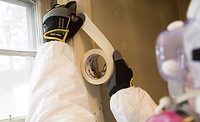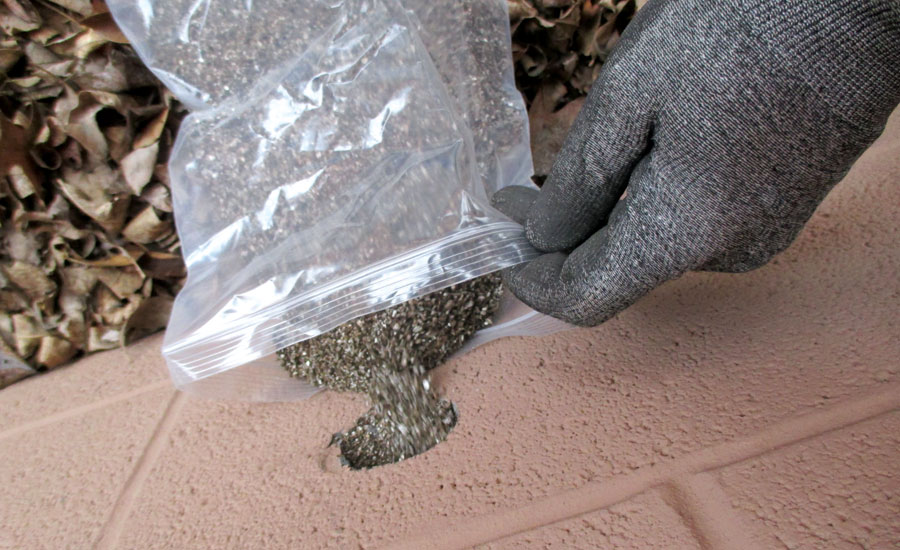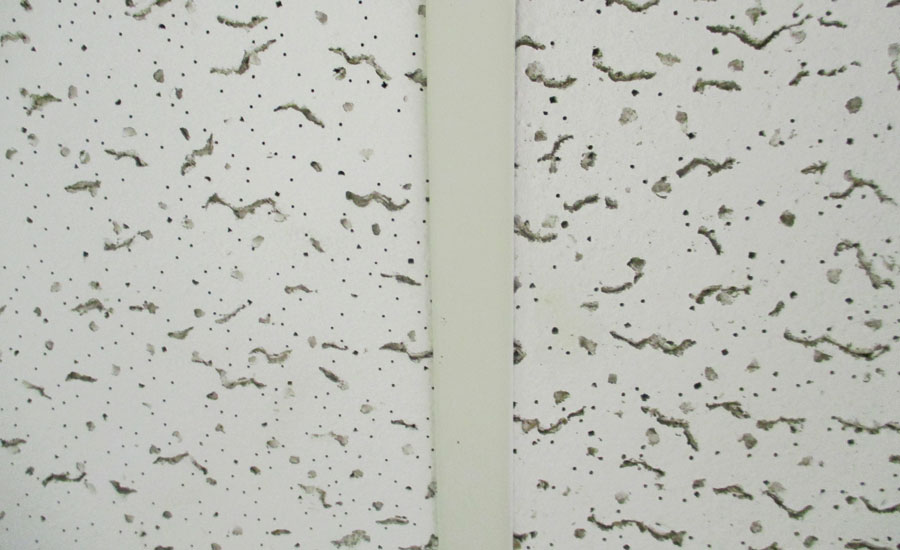Hazardous Building Materials 101
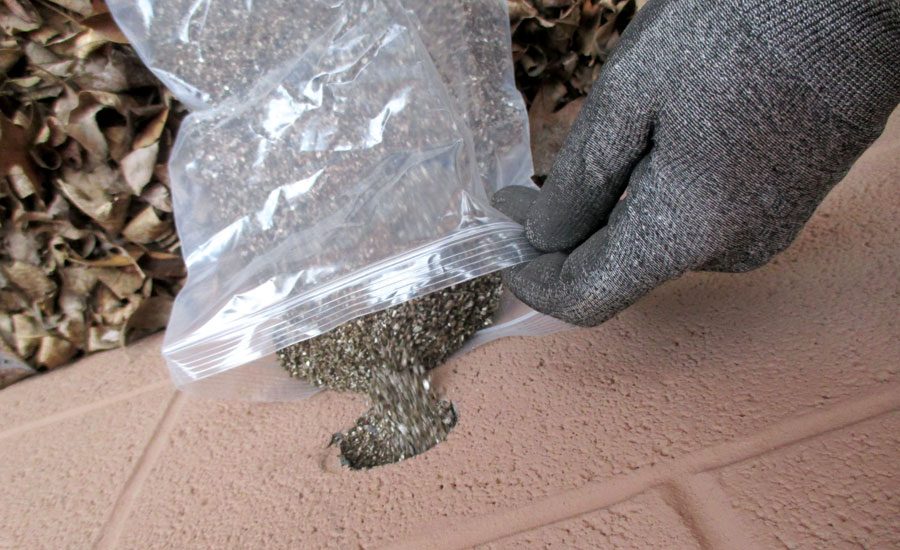
Vermiculite insulation in concrete block walls often contains asbestos.
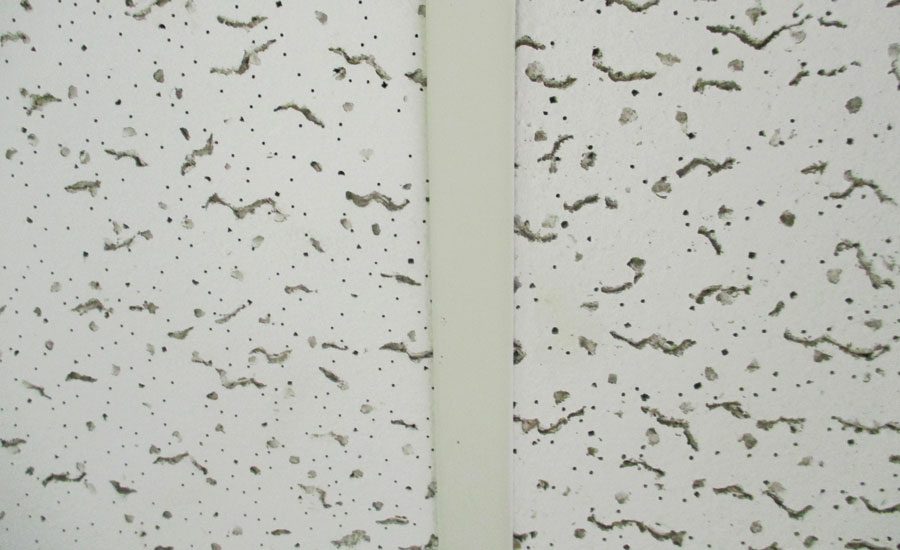
Similar ceiling tiles; one contains asbestos, one does not.
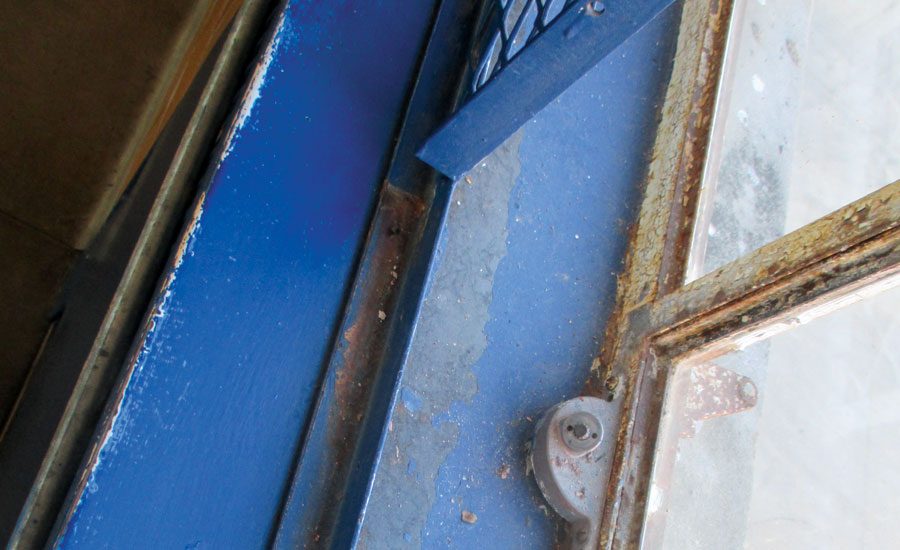
Lead-containing paint. White paint contained 1.4% lead by weight. Blue paint contained 0.028% lead.
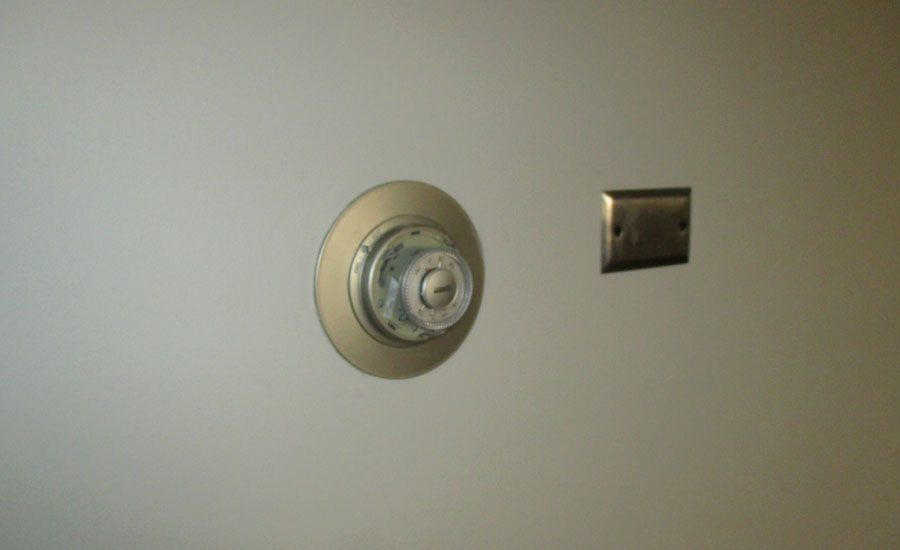
Thermostat containing mercury found in a commercial building.




It is important to identify hazardous building materials before beginning a restoration or remediation project. Hazardous building materials include asbestos, lead, mercury, polychlorinated biphenyls (PCB), chlorofluorocarbons, and radioactive sources; they are found in buildings of any age or condition. The uncontrolled disturbance of such materials can result in dangerous overexposures for contractor employees, contamination of the building, project delays, additional expenses and even regulatory violations. Understanding the health, safety and environmental regulations that apply to the disturbance and disposal of these materials can help owners and contractors prepare for and successfully navigate potential issues.
It is important for any professional contractor, no matter the specialty, to recognize the primary hazardous building materials and understand applicable federal regulations. Remember, state and local agencies often adopt the federal regulations, but can also set specific, more stringent standards. Regulations at the local, state and federal levels should be identified before undertaking a building remodel, renovation, or demolition.
Find a hazardous material? Here’s what to do:
|
Asbestos
Although certain uses of asbestos have been banned, the U.S. continues to import raw asbestos for use in roofing materials, coatings and compounds, plastics and other applications. Other finished asbestos-containing products that continue to be imported include drywall, floor tiles, and similar building materials.
The Environmental Protection Agency’s (EPA) asbestos regulations found under 40 CFR 61-National Emissions Standards for Hazardous Air Pollutants (NESHAP) require an inspection regardless of the age of the structure before any renovation or demolition activities are undertaken. Certain asbestos-containing materials (ACMs) must be removed before any work begins.
The EPA also requires notification 10 business days in advance of structural demolition, regardless of the presence of ACMs. If asbestos is present in the structure, the contractor or property owner submitting the notification must have documentation that an asbestos survey was conducted. If suspect ACMs are discovered, the work must stop until the materials can be sampled and analyzed for asbestos. Should ACMs be found, an abatement contractor must be hired and the 10-day notification submitted before abatement work can begin again.
Local and state asbestos regulations are often more stringent than federal regulations, which may dictate the need for more thorough surveys and more complex abatement methods, both of which can lead to increased costs if not properly accounted for at the beginning of the project.
The Occupational Safety and Health Administration (OSHA) has established permissible exposure limits (PELs) to protect employees in general industry and in construction. The regulations require initial exposure monitoring to evaluate representative eight-hour time weighted average (TWA) exposures and periodic monitoring where exposures may be expected to exceed the PEL. Specific control measures are required to prevent asbestos fibers from being released from the ACM during abatement.
Federal regulations do not require surveys for other (non-asbestos) hazardous building materials, but the EPA regulates them as hazardous waste so they generally cannot be disposed in construction and demolition landfills (with the exception of lead-based paint in whole building demos).
Although not regulated at the federal level, many hazardous building materials are regulated by local and state authorities. Pre-renovation / demolition surveys allow the building owner/contractor to anticipate costs to safely remove, segregate, and dispose of hazardous building materials and comply with specific local and state regulations for the materials. Safe removal may require specialty contractors with appropriate training, personal protective equipment, and exposure monitoring capabilities.
Lead
Lead-based coatings are common in older buildings. In addition to paints and varnishes, lead-containing building materials can include window glazing putty; batteries for lighting, exit signs, and security systems; solders and pipes; mortar; acoustic materials; flashing; plastic coloring (wiring and blinds); and ceramic glazes.
While the EPA defines lead-based paint (LBP), it does not require an inspection for lead-containing materials. It does, however, recognize that common renovation activities like sanding, cutting and demolition can disturb LBP and create hazardous lead dust and chips which can be harmful to adults and children. To protect against this risk, the EPA issued the lead-safe practices rule aimed at preventing lead poisoning. The rule requires contractors performing renovation, repair and painting projects that disturb lead-based paint in homes, childcare facilities, and schools built before 1978 to be certified and follow specific work practices to prevent lead contamination.
The U.S. Department of Housing and Urban Development (HUD) regulates LBP in target housing that is federally owned and target housing receiving federal assistance. Requirements vary with the age of the structure and type of HUD assistance.
OSHA does not define a specific hazardous level of lead in paint: any concentration of lead triggers some portion of the standard. OSHA’s construction standard requires specific respiratory protection based on how the lead-containing material will be disturbed. Initial exposure monitoring is required to evaluate representative eight-hour TWA exposures.
Mercury
Mercury is used in many types of equipment and devices including batteries (smoke detectors, emergency lighting systems, elevator control panels, etc.); lighting (fluorescent and high intensity discharge lamps and “silent” wall switches); heating, ventilating, and air conditioning (HVAC) systems (thermostats, fire stats, manometers, thermometers); and switches (sump pumps, pneumatic controls).
The EPA regulates mercury as a hazardous waste. A spill of just one pound of mercury (a little more than one fluid ounce) triggers a federal reporting requirement. Mercury spills are difficult to clean up, making it easier to identify and remove mercury-containing building materials prior to demolition and renovation activities.
Polychlorinated Biphenyls (PCBs)
PCBs are mixtures of synthetic organic chemicals that are non-flammable, chemically stable and have high boiling points and good chemical insulating properties. They were used in hundreds of industrial and commercial applications including electrical, heat transfer, and hydraulic equipment; as plasticizers in paint, plastics and rubber products; and in pigments, dyes and carbonless copy paper. The EPA banned certain uses (i.e., plasticizers, adhesives, paints and waterproofing) in 1973 and banned U.S. PCB production in 1979; however, PCBs may still be present in older transformers, capacitors, and light ballasts.
Recently, the EPA learned that caulk containing PCBs was used in buildings in the 1950s through the 1970s. Based on construction dates of schools and commercial buildings, as many as 60 percent are estimated to have caulk containing PCBs. PCBs may be found throughout building structures including windows, doors, vents, walls and possibly school sidewalks. PCBs may leach and contaminate indoor air, masonry and other building materials they contact.
The EPA considers PCBs hazardous waste and requires proper disposal.
Chlorofluorocarbons and Radioactive Sources
Chlorofluorocarbons and other ozone-depleting substances used in stationary refrigeration and air-conditioning systems must be recovered by technicians certified according to EPA regulations. Additionally, smoke detectors and some exit signs contain radioactive sources. Disposal of radioactive sources in these items is regulated by local and state governmental authorities.
Proactivity Pays
Regardless of which hazardous material(s) encountered on a project, dealing with them proactively is the best way to ensure a restoration project proceeds smoothly, avoiding unexpected costs, budget delays, health and environmental hazards, or regulatory violations. Such measures include:
- Identify locations of hazardous materials in the building. Suspect ACM and LBP must be sampled and analyzed to confirm their presence, while other materials can be visually identified and quantified.
- Evaluate the material’s condition and understand factors that may affect condition and potential exposure.
- Determine what local, state and federal regulations apply to the project.
- Remove any known damaged or suspected hazardous building materials.
- Prepare, implement and maintain an operations and maintenance (O&M) plan to manage hazardous building materials that remain in the building.
- Notify building occupants and maintenance and custodial staff of the location of hazardous building materials and how to avoid disturbing or damaging them.
Every renovation or remodel has its challenges, but by being aware of potential hazardous materials, their likely locations, and the regulations governing their remediation, you can communicate effectively with all project stakeholders to minimize risk and maximize safety for everyone involved.
Looking for a reprint of this article?
From high-res PDFs to custom plaques, order your copy today!





